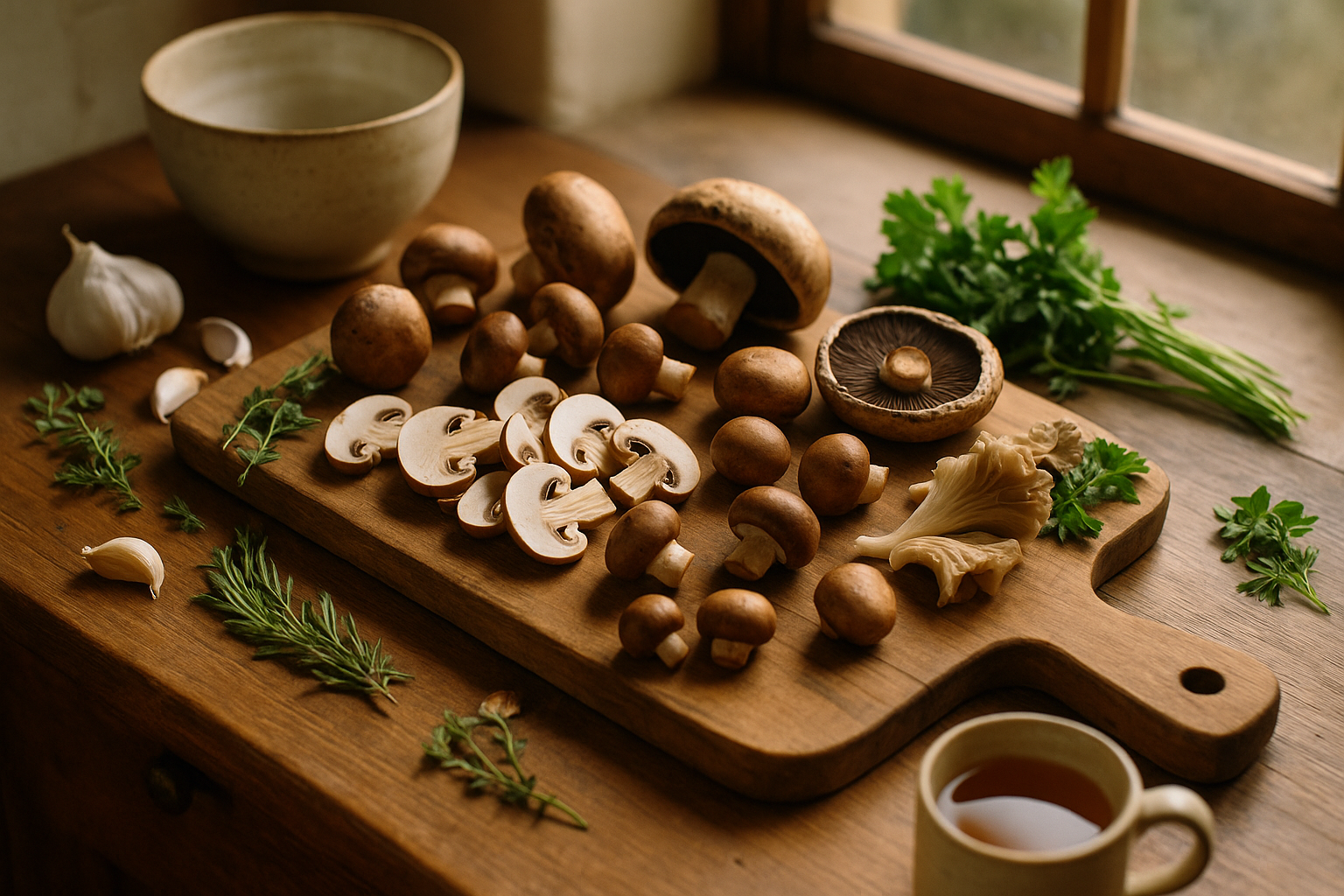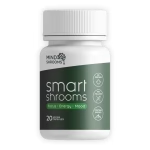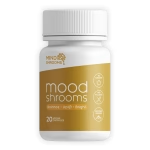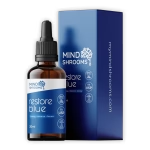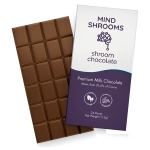Edible mushrooms have long been praised in culinary traditions across the world — from hearty stews and broths in Eastern Europe to stir-fried delicacies in East Asia. But beyond their flavor, mushrooms offer an impressive, often underestimated nutritional profile. These fungi are not plants, not animals, and not exactly like anything else we commonly eat — and that makes them nutritionally unique.
Today, as more people seek plant-forward, nutrient-dense options for balanced living, mushrooms have taken center stage. Yet, despite their popularity, many people don’t truly understand what mushrooms offer at a biological level, or how they differ from other staples like vegetables or grains.
In this article, we’ll dive deep into the macronutrients, micronutrients, bioactive compounds, and functional potential of common edible mushrooms. The goal is simple: to give you a clear understanding of why incorporating mushrooms into your meals isn’t just a trend — it’s a highly nourishing choice.
What Are Mushrooms, Nutritionally Speaking?
Mushrooms belong to the kingdom Fungi — biologically distinct from plants and animals. While they are often lumped into the vegetable category for culinary convenience, their cellular makeup is closer to animals in some aspects (like chitin, found in their cell walls).
Their macronutrient breakdown is modest and efficient, but their true power lies in their micronutrients, fiber, and bioactive compounds.
Macronutrients in Mushrooms
Though they are not calorie-dense, mushrooms provide an excellent base of macronutrients:
🍽️ Protein
Mushrooms contain 2–4 grams of protein per 100g, depending on the species.
While not complete proteins, they provide key amino acids, particularly glutamic acid, which supports brain function.
🥦 Carbohydrates
Low in starch and sugar, mushrooms are low-glycemic and won’t spike blood sugar levels.
Their carbohydrates come primarily in the form of dietary fiber and polysaccharides, some of which have immune-supportive properties (like beta-glucans).
🧈 Fat
Very low in fat — often under 1 gram per 100g.
However, mushrooms can absorb healthy oils (like olive or sesame) during cooking, making them great carriers for healthy fats.
Micronutrients: Vitamins and Minerals
Here’s where mushrooms truly shine.
🌞 Vitamin D (in sun-exposed mushrooms)
Unique among common foods, mushrooms can produce vitamin D2 when exposed to sunlight or UV light.
Just 100g of UV-exposed mushrooms can offer 100–300% of the recommended daily intake.
💪 B Vitamins
Mushrooms are a rich source of:
Riboflavin (B2)
Niacin (B3)
Pantothenic acid (B5)
These vitamins play crucial roles in energy metabolism, nervous system support, and skin health.
⚙️ Minerals
Selenium: Supports antioxidant defenses; mushrooms are one of the few plant-based sources.
Potassium: Helps regulate fluid balance and supports muscle function.
Copper and phosphorus: Important for cellular energy production and bone health.
Mushrooms also provide iron and zinc, although in lower concentrations than animal sources.
Dietary Fiber and Gut Health
Mushrooms are a significant source of non-digestible fiber, especially:
Beta-glucans: Associated with immune modulation and gut integrity.
Chitin: A structural fiber that supports digestion and may aid in the slow release of nutrients.
These fibers act as prebiotics, feeding beneficial bacteria in the gut microbiome — which in turn influences digestion, immunity, and even mood.
Antioxidants and Bioactive Compounds
Mushrooms produce a variety of unique bioactive compounds that are gaining attention in modern nutritional science:
🛡️ Ergothioneine
A powerful antioxidant found almost exclusively in mushrooms.
Helps reduce oxidative stress and protect mitochondrial function.
🍄 Glutathione
Another master antioxidant, critical for cellular detoxification and immune defense.
Levels vary by species, with Porcini mushrooms being particularly rich.
🧬 Polysaccharides
Certain mushrooms contain complex carbohydrates that support immune response without overstimulating the system.
These are not stimulants and work more as regulatory agents.
Species-Specific Highlights
Let’s briefly compare some common edible mushroom species:
Mushroom | Notable Nutrients or Features |
|---|---|
White Button | Affordable, mild, high in selenium and ergothioneine |
Cremini | Slightly richer flavor, more potassium and B vitamins |
Portobello | High in fiber and niacin, great meat substitute |
Shiitake | Contains lentinan (a beta-glucan), supports immunity |
Oyster | Rich in ergothioneine, contains trace amounts of vitamin D |
Enoki | High in fiber, low in calories, supports gut health |
Maitake | Contains D-fraction beta-glucans, studied for immune support |
Cooking and Nutrient Retention
How you cook mushrooms matters. Here’s what the science says:
Grilling and sautéing preserve most antioxidants and B vitamins.
Boiling can cause leaching of water-soluble nutrients (like B vitamins).
Microwaving may reduce antioxidant activity slightly but retains fiber and minerals.
Because mushrooms absorb moisture and fat, they pair well with healthy oils, herbs, and fermented ingredients, enhancing both taste and nutritional impact.
Functional vs. Culinary Mushrooms
While all mushrooms in this article are culinary (i.e., eaten for taste and basic nourishment), some species cross into the realm of functional food — consumed primarily for their health-enhancing properties.
Examples:
Lion’s Mane: Associated with brain support and nerve regeneration (without being a stimulant).
Reishi: Traditionally used for calming and immune balance.
Turkey Tail: High in polysaccharides that support the microbiome.
These mushrooms are not substitutes for medical treatment, but they fit beautifully into holistic wellness routines when used mindfully and consistently.
Why Mushrooms Belong in a Modern Diet
In a world of processed foods and quick fixes, mushrooms stand out as whole, nutrient-rich, sustainable, and versatile. They are:
Naturally low in calories and fat
Rich in fiber and immune-supportive compounds
Packed with minerals often lacking in plant-based diets
A non-animal source of vitamin D (when sun-exposed)
Culturally diverse and culinarily adaptable
Whether you’re seeking to improve brain health, digestion, immunity, or just add more depth to your meals, mushrooms deliver — humbly and powerfully.
How to Add More Mushrooms to Your Life
You don’t need to become a mycologist to benefit from mushrooms. Start here:
Add to sauces, soups, and stir-fries for flavor and nutrients.
Roast them with garlic and olive oil for a simple, nutrient-rich side.
Try mushroom powders blended into broths or teas (if culinary-safe).
Buy fresh or dried depending on your cooking style.
And if you’re new to cooking mushrooms, start simple. A sautéed mix of shiitake and oyster mushrooms with sea salt, thyme, and lemon is both delicious and deeply nourishing.
Final Thoughts: Small, Smart, and Full of Substance
Mushrooms are a quiet powerhouse. They don’t shout with color. They don’t come with marketing gimmicks. But inside their soft, earthy caps lies a world of nutrition that supports everything from cellular repair to immune resilience, gut health to emotional balance.
Understanding their nutritional profile isn’t just about memorizing facts — it’s about seeing how food and function intersect in nature. And few ingredients demonstrate that synergy as well as mushrooms.
So the next time you chop a few creminis or stir shiitake into your broth, pause. Remember that you’re not just cooking — you’re supporting the systems in your body that keep you clear, calm, and resilient.
